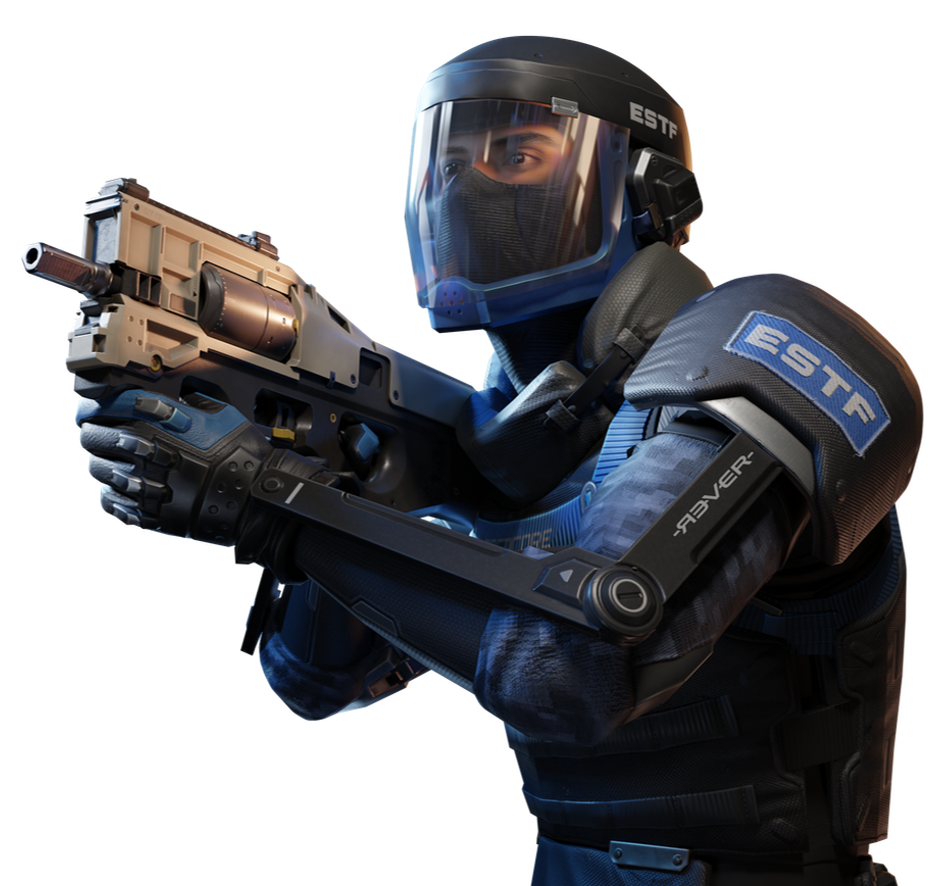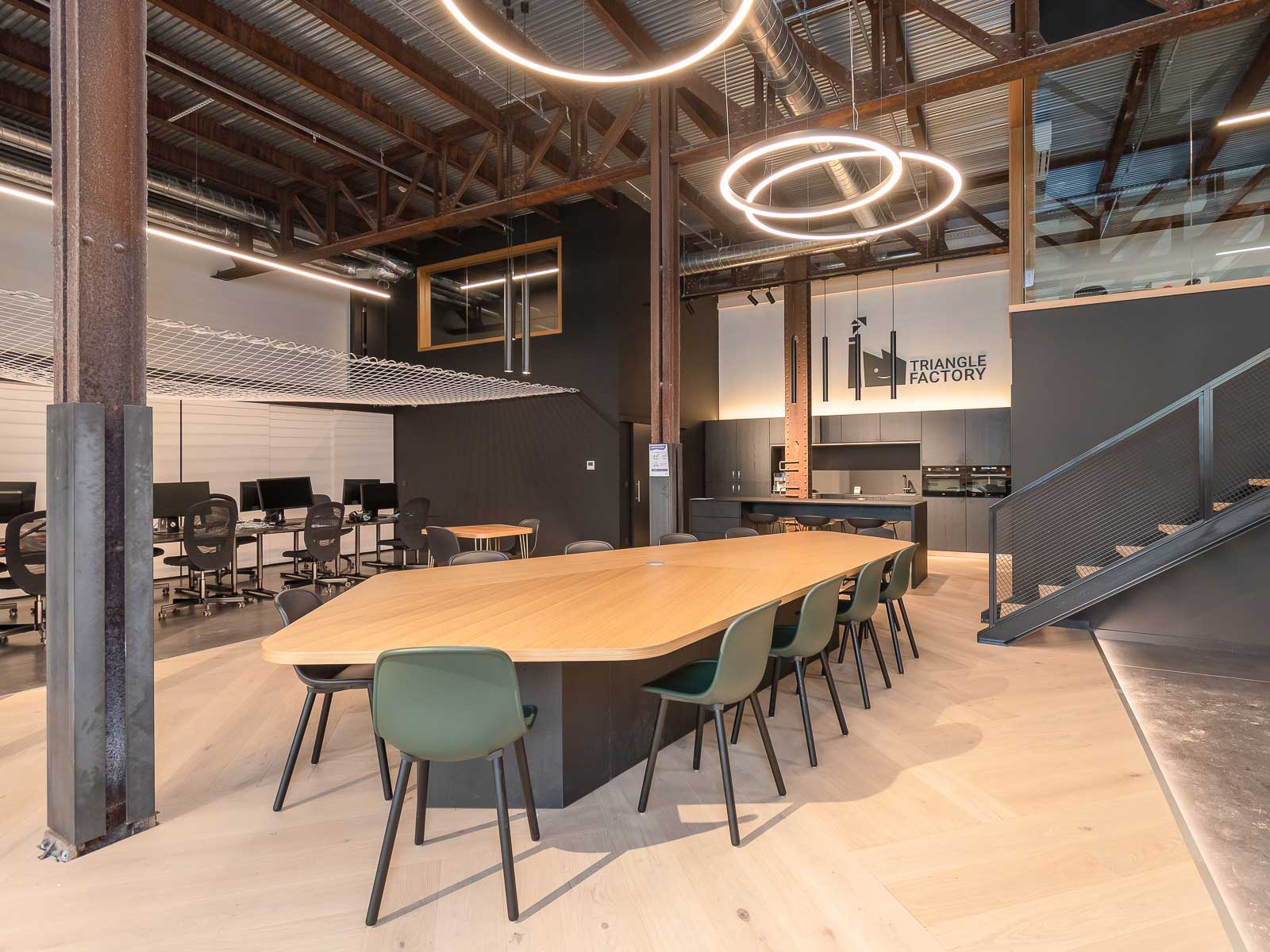



Triangle Factory is an award-winning game studio with a strong focus on FPS games. We are a team of passionate game developers, artists and designers with a hunger for new technology based in Ghent, Belgium. Above all we look for creative ways to build fun and immersive experiences with strong focus on XR and next generation platforms.

Make smart use of Dashing, Sprinting, Walking and Rail Grinding to get around the arenas and win in a variety of gamemodes like; Payload, Domination, Control Point, (Team) Deathmatch, Capture The Flag, Elimination & Ball. Remix them with Mutators too!
At Triangle Factory we are always on the lookout for interesting additions to our workforce. Be it programmer, artist or producer, if you think you have what it takes then we are happy to take a look at your resumé / portfolio and see if there is a fit with the team.
We are looking for passionate, creative people who want to solve problems big and small and have a big heart for games and emerging technology.
Please send all your applications to work@triangle-factory.be. Be sure to include résume, portfolio, examples, 3D renders, tech demo’s, code samples, work experience, …
